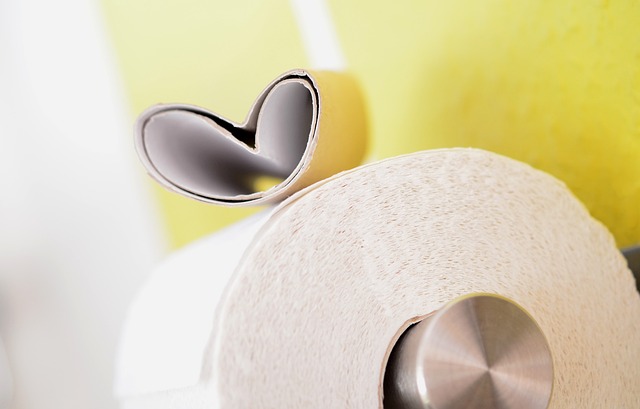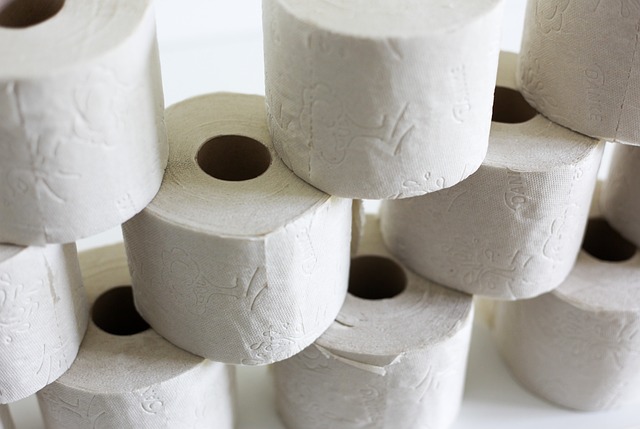Homeowners often face the challenge of a running toilet, wasting water and increasing utility bills. To fix this, identifying the root cause is key, such as a leaky flush valve, worn-out flapper, or inoperable overflow tube. Armed with the right tools (bucket, brush, gloves, new flapper, wrench, pliers) and knowledge of toilet components, homeowners can quickly diagnose and resolve the issue within minutes. Saving water, protecting the environment, and maintaining efficient bathroom operation, learning how to stop a running toilet involves locating the fill valve, turning off water supply, replacing the old flapper, adjusting float height, refilling the tank, testing, and checking for leaks.
Tired of a constant water drip? You’re not alone. A running toilet can waste thousands of gallons of water annually, not to mention drive up your bills! Learn how to fix it in minutes with our step-by-step guide. We’ll walk you through identifying the cause – from flapper issues to tank leaks – and gathering just a few essential tools. Stop that drip, save money, and do it yourself today!
- Identify the Cause of the Running Toilet
- Gather the Necessary Tools and Materials
- Step-by-Step Guide to Fixing the Toilet
Identify the Cause of the Running Toilet

Many homeowners face the frustrating issue of a running toilet, which can waste precious water and hike up your utility bills. To effectively fix this problem, understanding how to stop a running toilet begins with identifying its root cause. The most common culprits include a leaky flush valve, a worn-out flapper, or an inoperable overflow tube. A leaky flush valve occurs when the seal between the fill valve and the tank is compromised, leading to constant water flow into the tank. A worn-out flapper, which covers the drain in the toilet bowl, can cause water to continually run into the bowl, creating a persistent cycle of refilling. An inoperable overflow tube signals that the flush mechanism isn’t functioning correctly, resulting in an overfilled tank and continuous water discharge. Once you’ve identified the specific issue, you’re well on your way to efficiently fixing a running toilet in minutes.
Gather the Necessary Tools and Materials

Before tackling any toilet issue, it’s crucial to have the right tools and materials on hand. To stop a running toilet effectively, gather these essentials: a bucket, toilet brush, rubber gloves, a new flapper (often the primary culprit), a wrench or pliers for removing old parts, and replacement bolts and washers. These tools empower you to diagnose and resolve the problem swiftly.
Additionally, having some knowledge about your toilet’s inner workings is beneficial. Familiarize yourself with components like the fill valve, float, and chain (or lever) that controls the flapper. This understanding allows for quicker troubleshooting when addressing a running toilet, ensuring you can efficiently put an end to this wasteful problem in minutes.
Step-by-Step Guide to Fixing the Toilet

Fixing a running toilet is an easy task that can save you money on your water bills and help the environment. Here’s a step-by-step guide to help you stop the drip in just minutes. Start by locating the toilet’s fill valve, often behind the tank or at the base of the bowl. Next, turn off the water supply valves, usually found near the floor behind the toilet, using a wrench or pliers. Once the water is cut off, empty any excess water from the tank and remove the old flapper by pulling it out from its seat. Take note of how it fits before replacing it with a new one, ensuring a snug fit to prevent leaks.
Reinsert the flush handle into the lift chain, which connects to the flapper. Adjust the float height if needed, setting it at the correct level for your water volume. Turn on the supply valves and fill the tank up to the recommended line. Test the toilet by flushing and check for any leaks. If everything is sealed tightly, you’ve successfully stopped the drip! This simple process can significantly reduce water waste and keep your bathroom running smoothly.
Stopping a running toilet isn’t as daunting as it seems. By identifying the cause through careful observation and gathering the right tools, you can fix the issue in just minutes. Following our step-by-step guide, you’ll not only save money on your water bills but also contribute to preserving this precious resource. Now, armed with knowledge, take control of your running toilet and transform it into a steady, efficient flush machine!
